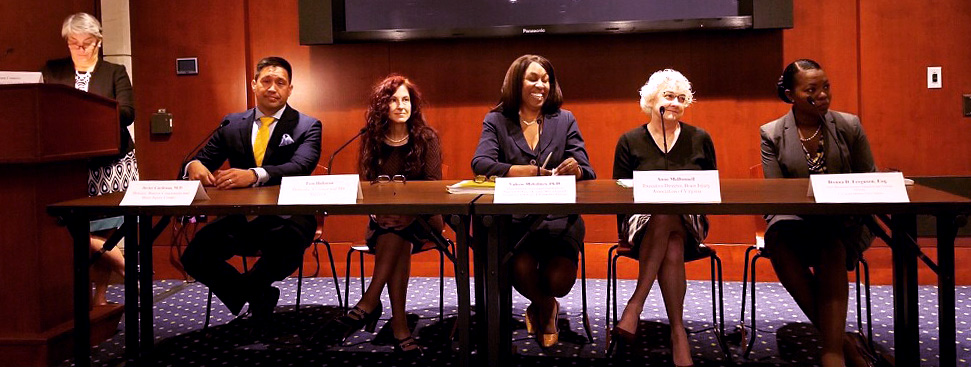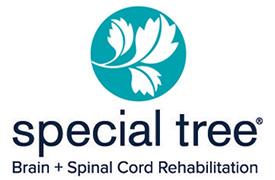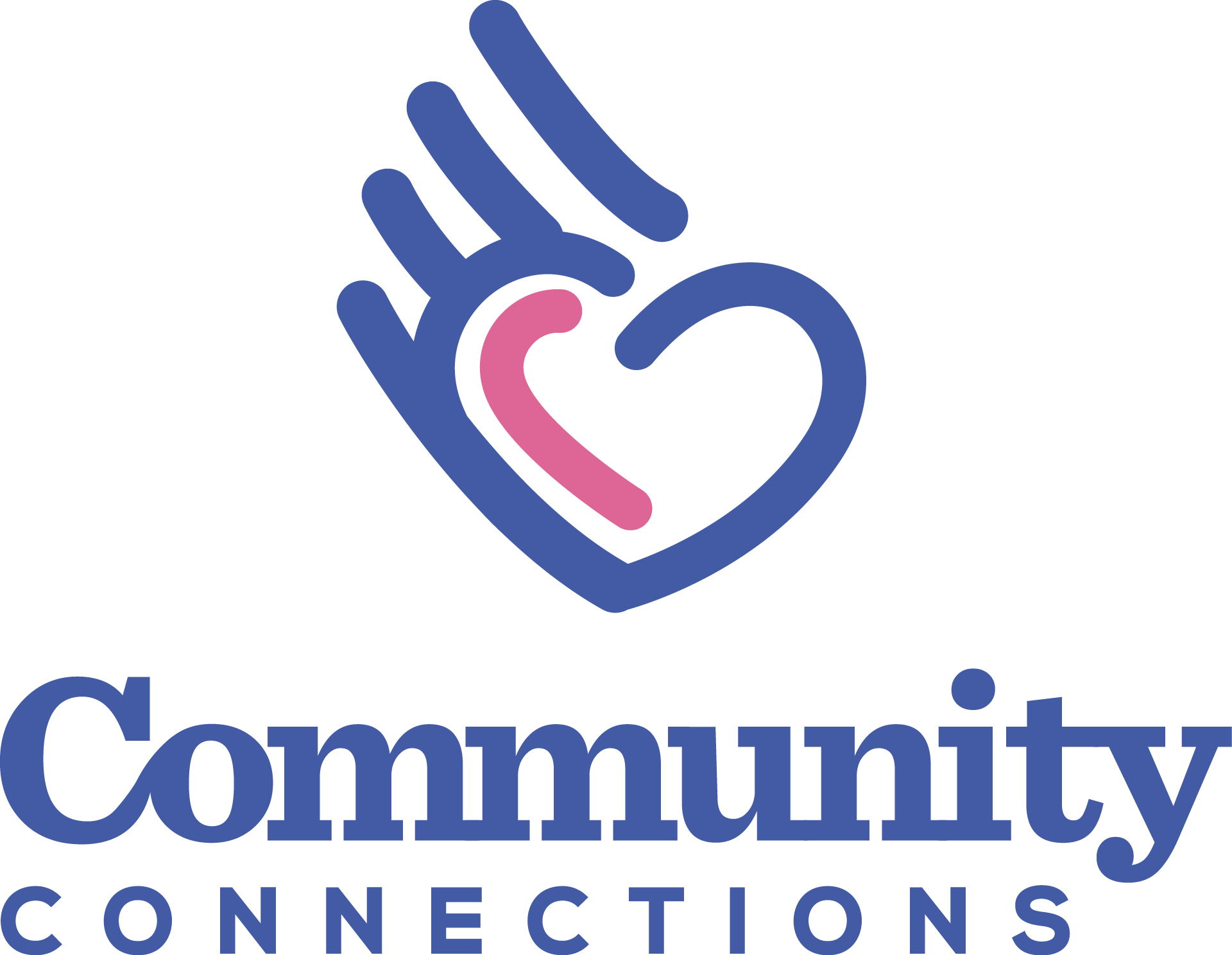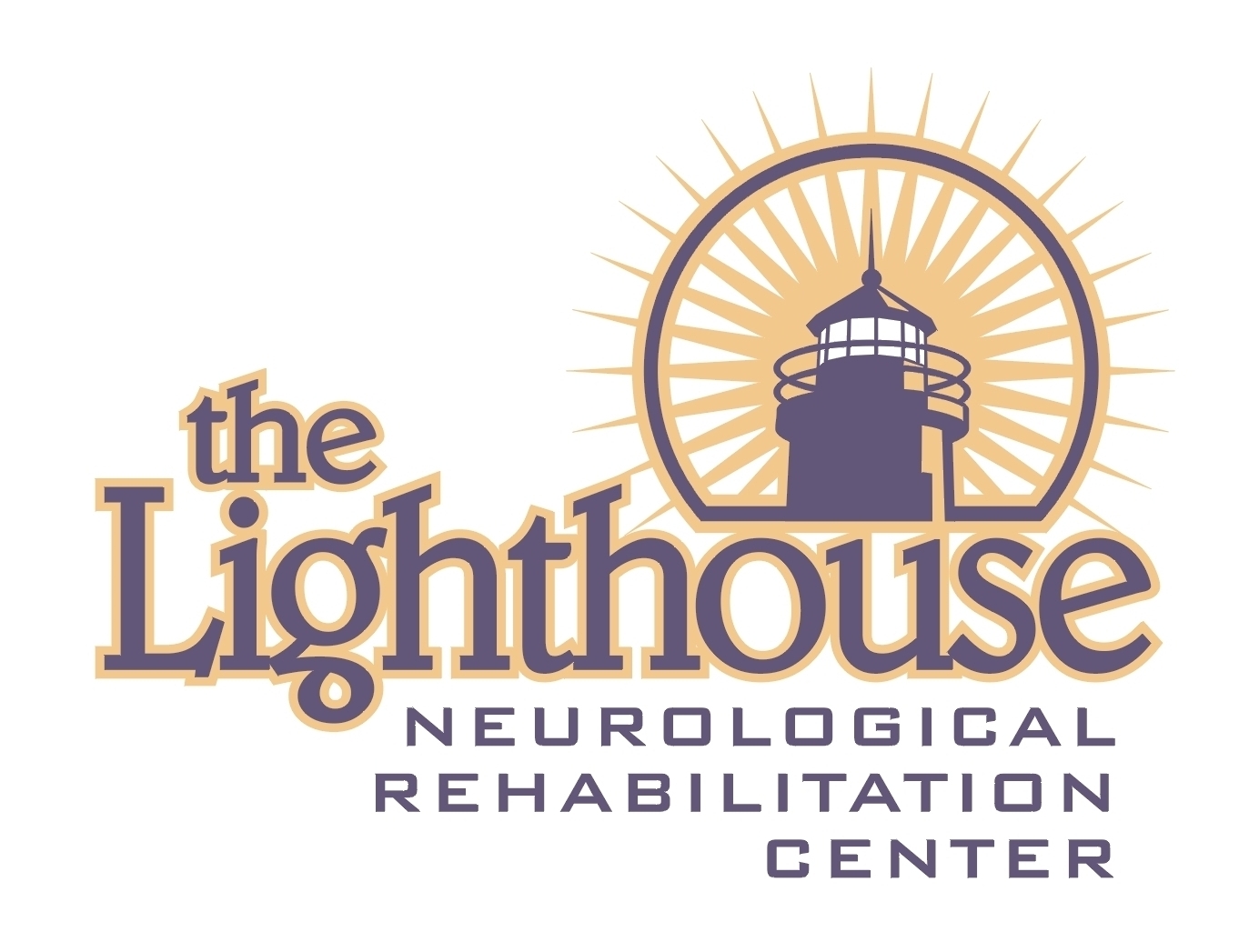Often, domestic violence victims are treated for the visible wounds and, possibly, their psychological ones. Victims often have brain injuries that go undiagnosed by medical professionals and the altered behavior from the brain injury is misinterpreted for a psychological disorder or lying. While studies exploring the relationship between domestic violence and brain injury are scant, findings suggest that survivors of domestic violence-related TBIs are more likely to have below average recoveries. We need to be vigilant, when domestic violence is suspected or if it has been confirmed, medical professionals should check for a brain injury.
Domestic Violence, as defined by the American Psychological Association, is a pattern of abusive behavior, which includes causing physical, sexual, and/or psychological harm.
Types of Domestic Violence
Intimate Partner Violence is a specific type of domestic violence. As defined by the Centers of Disease Control and Prevention (CDC), IPV is physical, sexual, or psychological harm by a current or former partner or spouse. It is this clarification that the abuser is or was a romantic partner or spouse that separates it from generalized domestic violence. This type of violence can occur among heterosexual or same-sex couples and does not require sexual intimacy.
Child maltreatment can qualify as domestic violence in certain cases and is aimed at children. As defined by the CDC, it is any type of abuse or neglect of a child under 18 years of age by a parent, guardian, caregiver, or another adult in a custodial role, such as a teacher, coach, or clergy member. The most common forms are:
- Physical Abuse
- Sexual Abuse
- Emotional Abuse
- Neglect
While all four qualify as abuse, only physical and sexual abuse can be consider domestic violence, which can directly result in a brain injury. This does not down play the harm done by emotional abuse or neglect, which can directly or indirectly cause brain injuries, they do not qualify as violent acts.
A specific form of child maltreatment is referred to as Abusive Head Trauma (AHT). As defined by the CDC, it is a form of of physical child abuse that causes injury to an infant's or child's brain. This includes what is commonly referred to as Shaken Baby Syndrome. AHT is most commonly seen in children under five years of age, with children under one being at the highest risk. It is caused by violent shaking or blunt force trauma and can cause bleeding around the brain or inside the back layer of the eyes. Long-term health issues include developmental delays, physical disabilities, and hearing and vision problems.
The most likely trigger for AHT is when a parent, guardian, or caregiver becomes angry or frustrated by the child's crying. In an attempt to stop the crying, the child is shaken or hit. It is important for parents, guardians, and caregivers to remember: crying, even long bouts of inconsolable crying, is normal for infants.
Elder abuse can qualify as domestic violence in certain cases and is aimed at senior citizens. As defined by the CDC, it is the intentional act, or failure to act, by a caregiver or another trusted person that causes risk of harm to an older adult. The most common forms are:
- Physical Abuse
- Sexual Abuse
- Emotional Abuse
- Financial Exploitation
- Neglect
While all five qualify as abuse, only physical and sexual abuse can be consider domestic violence, which can directly result in a brain injury. This does not down play the harm done by emotional abuse, financial exploitation, or neglect, which can directly or indirectly cause brain injuries, they do not qualify as violent acts.
Domestic Violence and TBI
Pam Hallman Speaks Before the U.S. Congressional Brain Injury Task Force

In October 2017, brain injury and domestic violence survivor Pam Hallman (pictured third from the left), a Michigan resident and BIAMI member, spoke before the U.S. Congressional Brain Injury Task Force in Washington D.C. at the “The Silent Epidemic in America – Brain Injury and Domestic Violence” briefing. You can read more about that here.
How Do TBIs Affect People?
Brain injuries can alter a person's cognitive abilities, have physical manifestations, and influence a person's emotional and behavioral state. Those that have suffered a TBI may not realize they did or believe they did not suffer any negative effect from it. Please review the information below for a few examples of how TBIs can affect people. If you see any of these in yourself or others, please see a medical professional and get screened for TBI, especially if domestic violence is involved.
Cognitive
- Short-term memory loss
- Ability to process information impaired
- Difficulty concentrating for periods of time
- Difficulty following a conversation
- Spatial disorientation
- Organizational problems
- Impaired judgement
Physical
- Seizures
- Muscle spasticity
- Double vision, low vision, or blindness
- Loss of taste or smell
- Speech impairments
- Headaches and migraines
Emotional and Behavioral
- Increased anxiety
- Depression
- Mood swings
- Impulsive behavior
- Increased agitation
- Egocentric behaviors
- Difficulty understanding behavioral impact
Domestic Violence Statistics
Preventing Domestic Violence
HELPS TBI Screening Tool
Advocates and program staff who work with survivors of domestic violence should consistently screen for TBI symptoms. One method is HELPS*, a brief screening tool specifically developed for professionals whose expertise does not include TBI.
H. Were you HIT IN THE HEAD?
E. Did you go to the EMERGENCY DEPARTMENT for treatment?
L. Did you LOSE CONSCIOUSNESS?*
P. Are you having PROBLEMS WITH CONCENTRATING OR REMEMBERING?
S. Have you experienced feeling SICK OR OTHER PHYSICAL PROBLEMS after getting hurt?
*Loss of consciousness is not necessary to have sustained a brain injury.
If you suspect they have a brain injury or if they answer yes to any of the questions, help them get evaluated by a medical professional. Catching brain injuries early is the only way to maximize the victim's recovery. If brain injuries go unnoticed, victims have below average recoveries and increased risk of death. For more information on how to help domestic violence victims, see the Domestic Violence and Traumatic Brain Injury Information Guide page from the New York Office for the Prevention of Domestic Violence.
*The original HELPS TBI screening tool was developed by M. Picard, D. Scarisbrick, R. Paluck, 9/91, International Center for the Disabled






